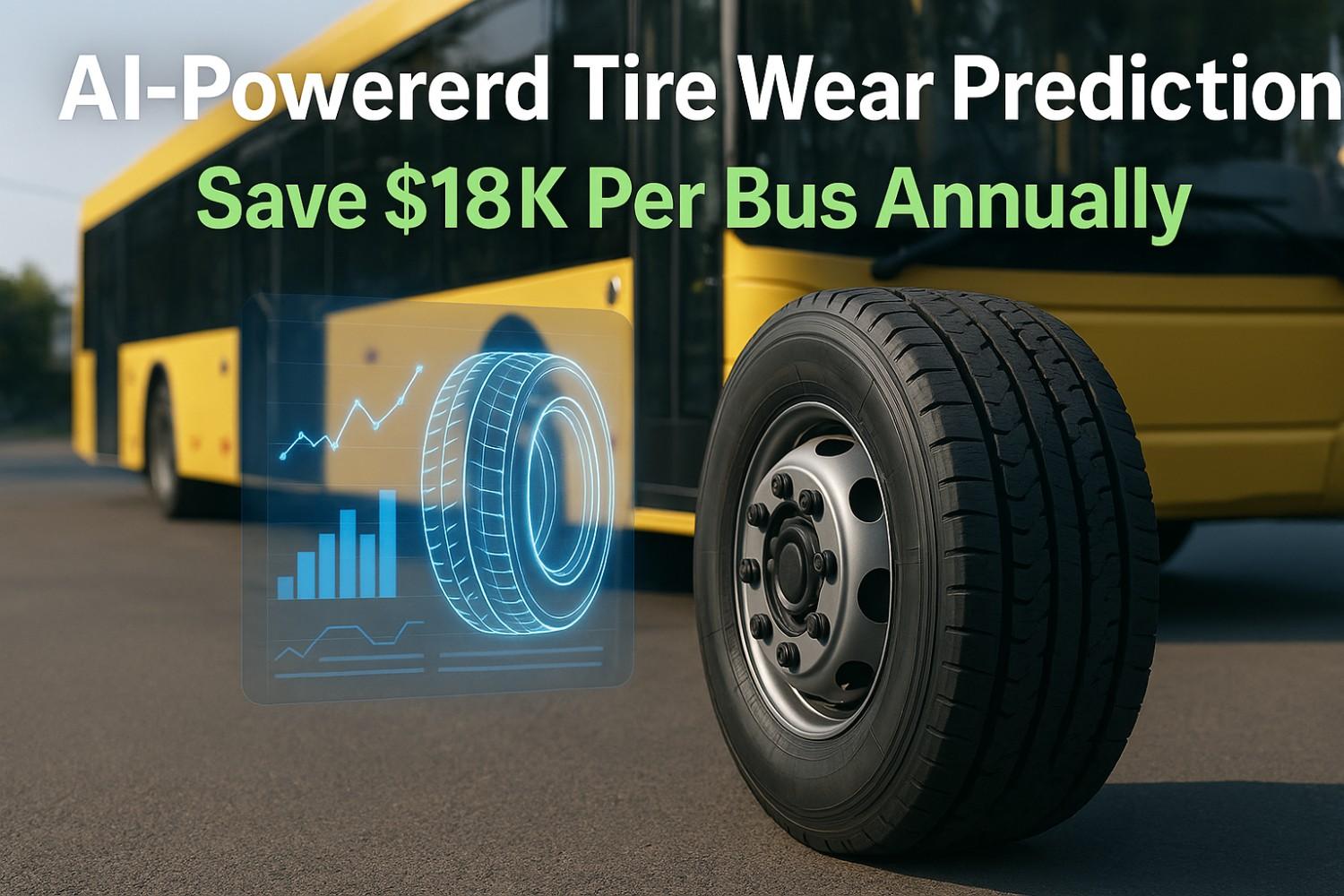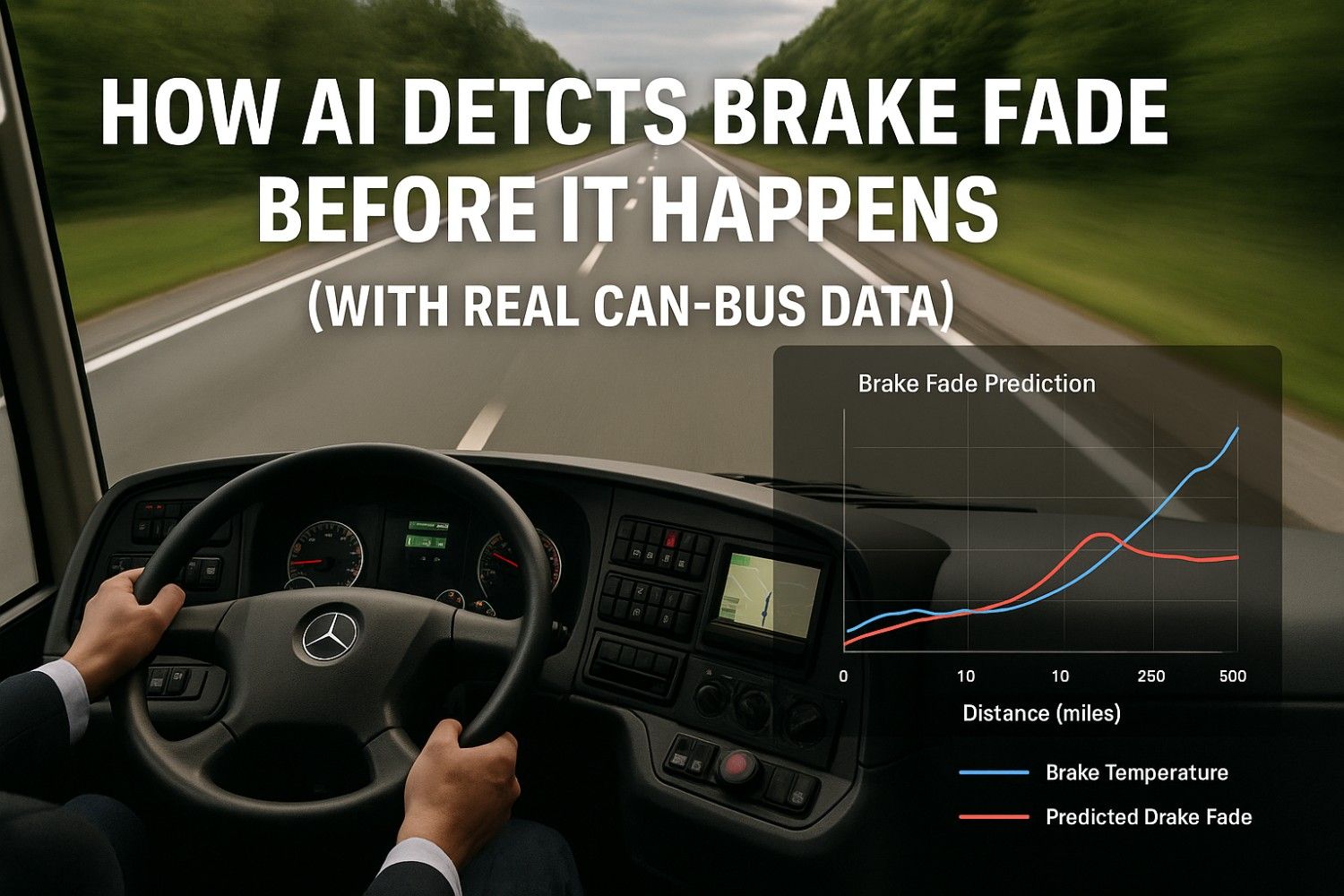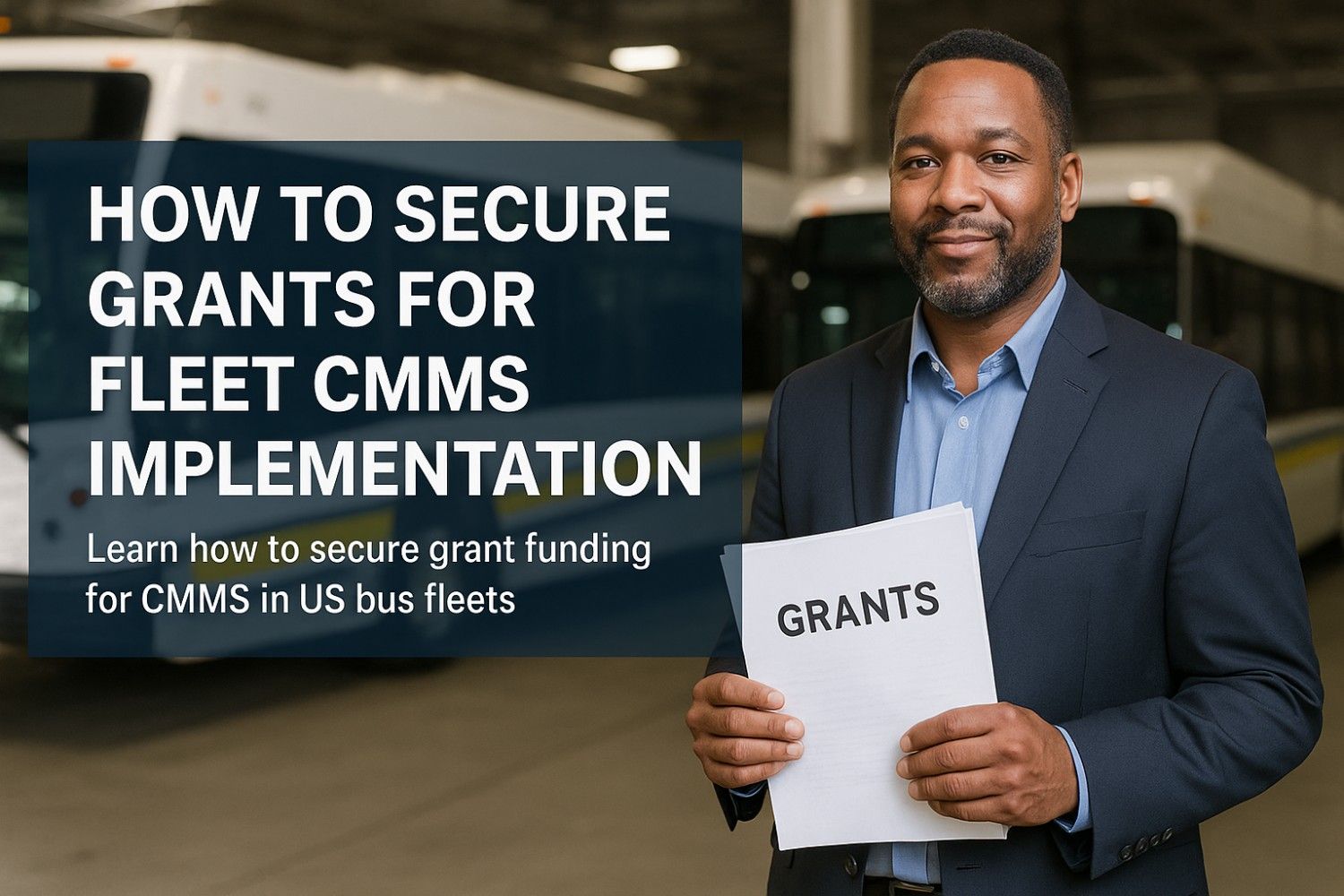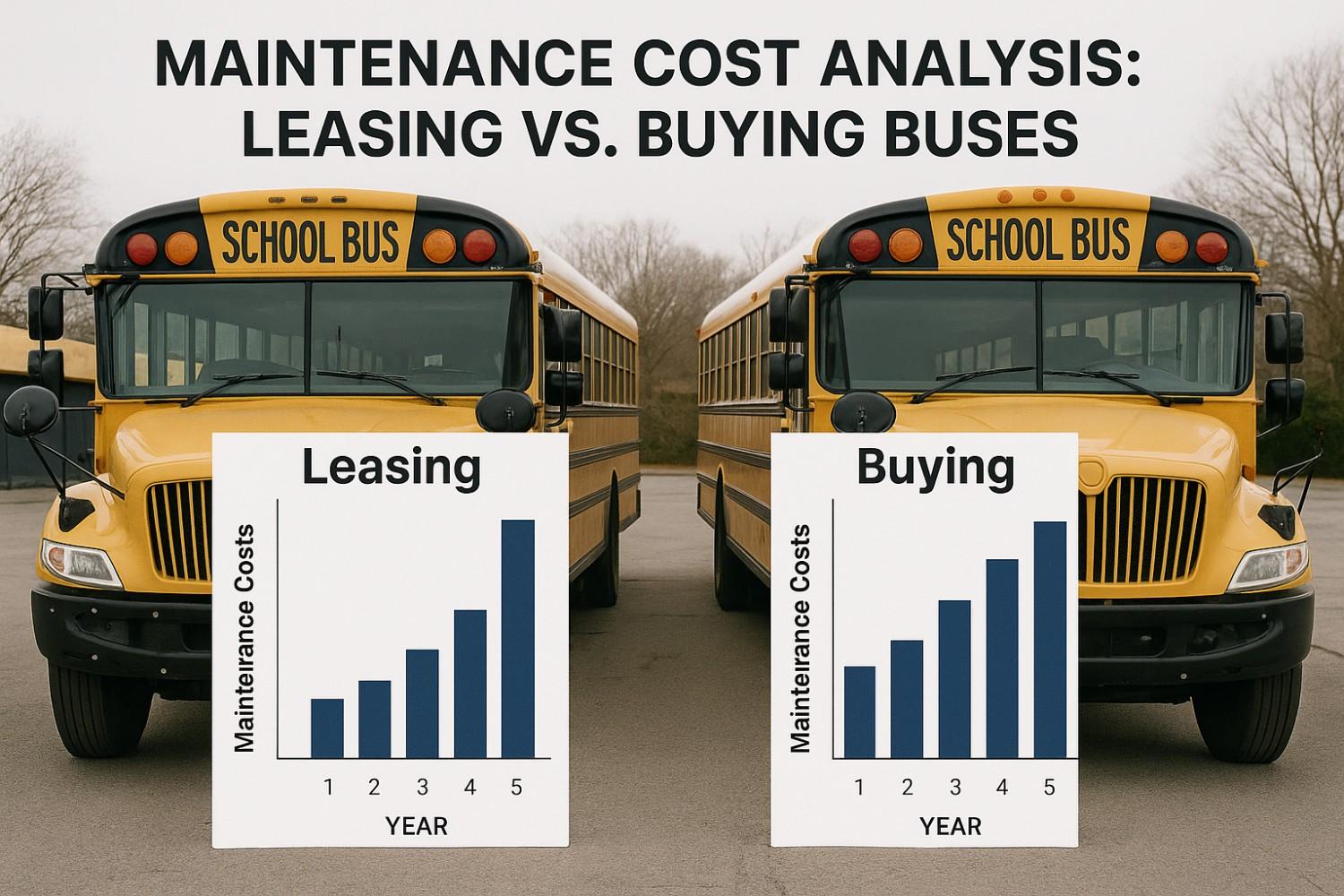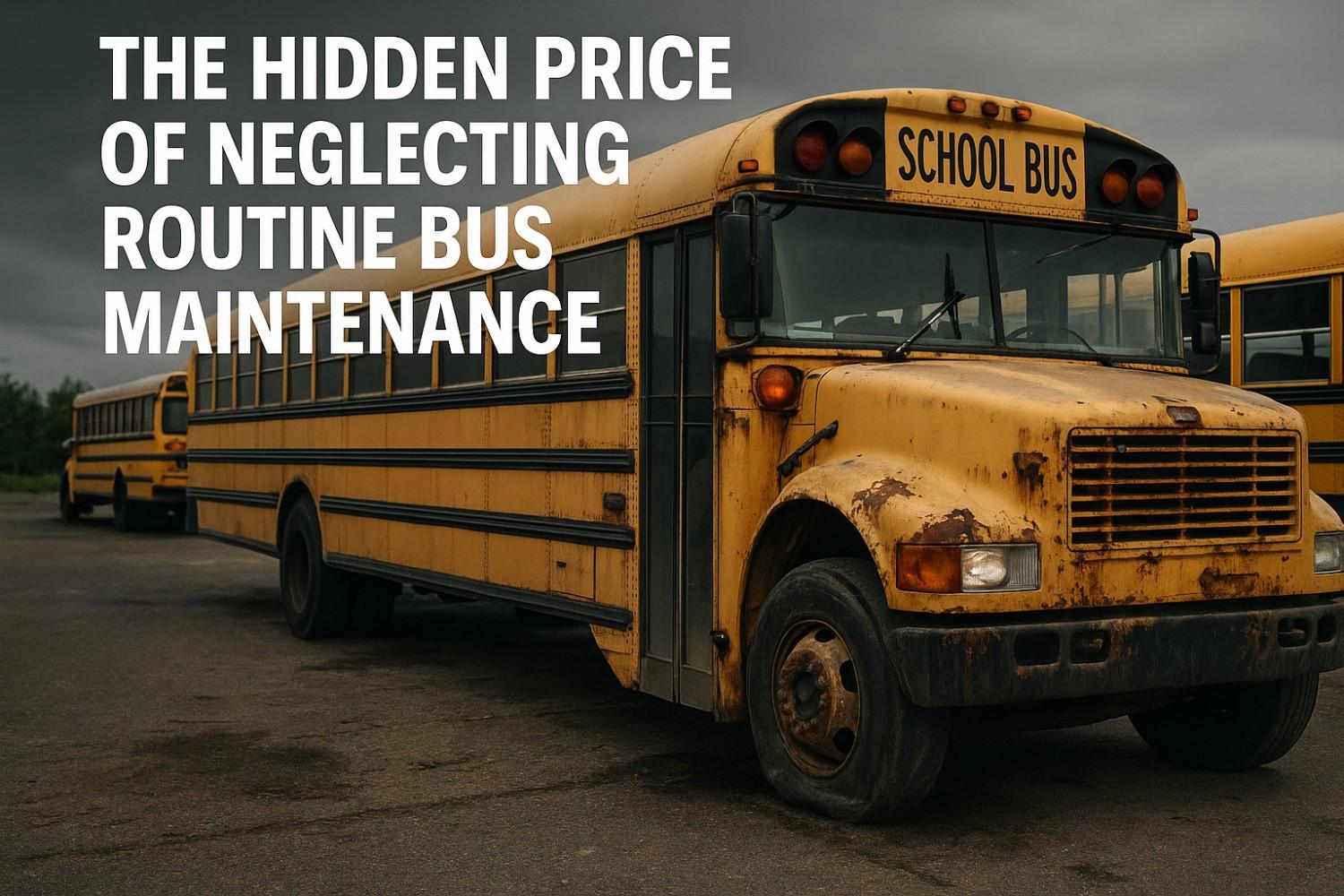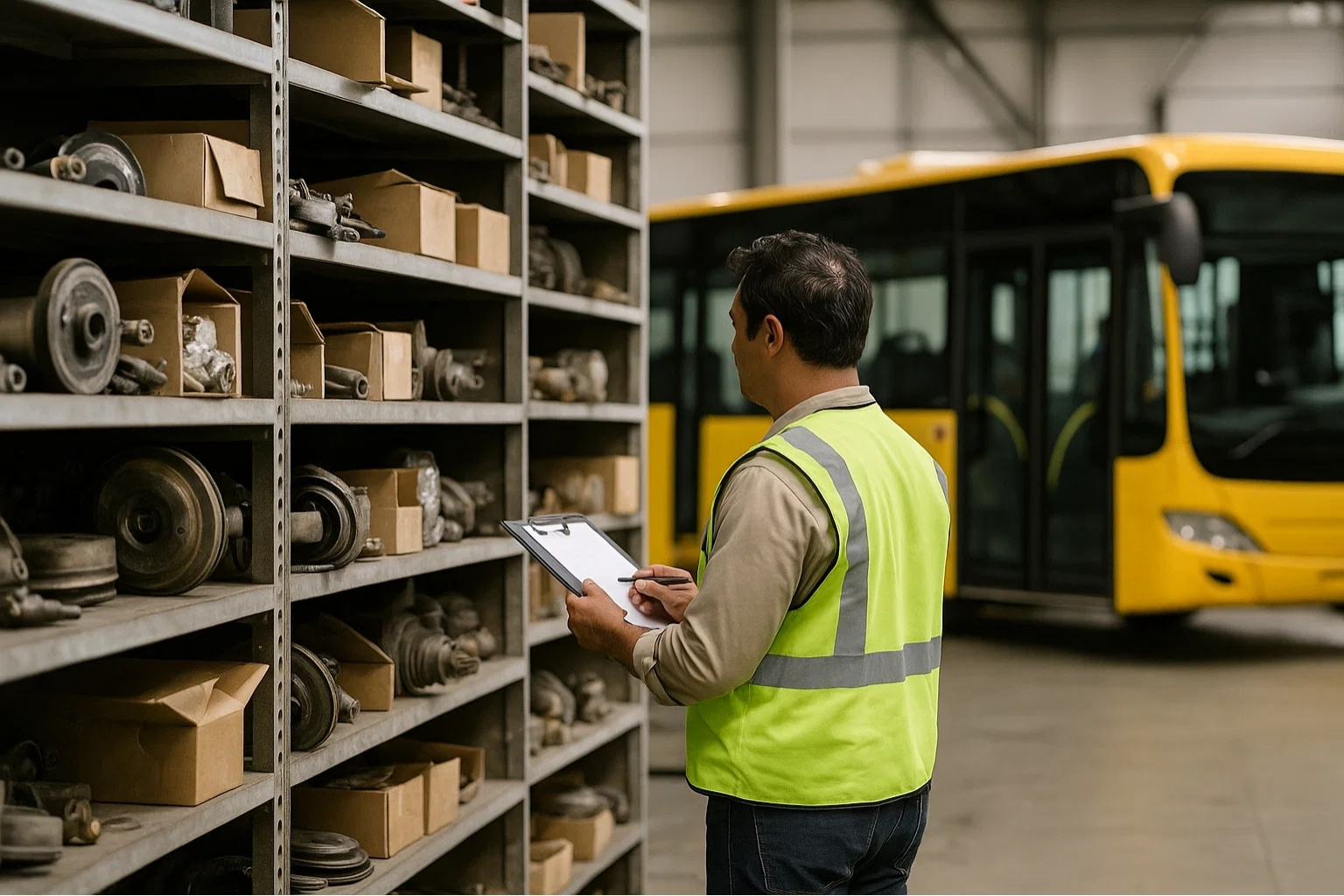For manufacturing professionals managing bus fleets, tire maintenance represents one of the most significant and unpredictable operational expenses. Traditional tire management relies on visual inspections, fixed replacement schedules, or reactive responses to failures—all methods that leave money on the table. The emergence of AI-powered tire wear prediction is fundamentally changing this equation, offering fleet managers unprecedented visibility into tire health and enabling proactive maintenance decisions that deliver substantial cost savings.
Modern AI tire prediction systems leverage real-time data from CAN-bus sensors, telematics, and historical maintenance records to accurately forecast tire wear patterns and optimize replacement timing. This technology doesn't just reduce costs—it transforms tire management from a reactive expense into a strategic advantage. Fleet operations implementing AI-driven tire analytics are documenting average savings of $18,000 per bus annually, with some operators reporting even higher returns through improved safety, reduced downtime, and extended tire life.
Understanding the True Cost of Traditional Tire Management
Before exploring AI solutions, it's essential to understand why traditional tire management is so costly. Most fleet operations rely on fixed replacement schedules—replacing tires at predetermined mileage intervals regardless of actual condition. This approach seems conservative, but it's extraordinarily wasteful. Tires replaced too early still have substantial usable life remaining, while those replaced too late risk blowouts, accidents, and costly emergency repairs.
The financial impact extends beyond tire purchase costs. Premature tire failures lead to roadside breakdowns that cascade into multiple expense categories: emergency roadside service calls averaging $850 per incident, missed routes requiring substitute vehicles, potential safety incidents, and damaged fleet reputation. For a fleet of 100 buses, these hidden costs can exceed $200,000 annually.
Visual inspections, while better than fixed schedules, introduce human variability and can't detect internal tire degradation. A tire that appears acceptable during a walkthrough inspection might be hours away from catastrophic failure. This uncertainty forces fleet managers into conservative replacement decisions that prioritize safety but sacrifice efficiency. The question isn't whether to replace tires early—it's how to replace them at the optimal moment when safety is maintained while maximizing tire life.
How AI Tire Prediction Technology Works in Modern CMMS Systems
AI-powered tire wear prediction represents a fundamental advancement in fleet maintenance technology. These systems integrate directly with your existing CMMS platform to provide real-time tire health monitoring and predictive analytics that would be impossible through manual observation. If you're ready to see how this technology can transform your fleet operations, you can create your free CMMS account here to explore AI-powered maintenance features.
The technology works by continuously collecting data from multiple sources: CAN-bus sensors monitor tire pressure, temperature, and load distribution in real-time; GPS systems track route characteristics including terrain, road surface quality, and driving conditions; telematics capture driver behavior patterns affecting tire wear such as hard braking, rapid acceleration, and cornering speeds; and weather data provides context for environmental factors impacting tire degradation.
Machine learning algorithms analyze this data stream against historical tire performance records from thousands of vehicles. The system identifies patterns invisible to human observers—subtle relationships between operating conditions and tire degradation rates. For example, the AI might discover that buses operating specific routes during winter months experience 23% faster tire wear on the front left position due to a combination of road crown, frequent left turns, and cold weather impacts on rubber compound flexibility.
This analysis generates highly accurate predictions about remaining tire life, optimal replacement timing, and even identifies tires that can be safely rotated to less demanding positions to extend their useful life. The system doesn't just tell you when to replace tires—it provides actionable recommendations that balance safety, cost, and operational efficiency.
Ready to transform your tire management from a cost center into a competitive advantage? Discover how AI-powered predictive maintenance can deliver measurable ROI for your bus fleet operations.
Getting StartedBook a Demo
Real-World Cost Savings: Breaking Down the $18K Annual Return
The $18,000 annual savings figure isn't marketing hyperbole—it's based on documented results from fleet operations that have implemented AI tire prediction systems. Understanding where these savings come from helps manufacturing professionals build compelling business cases for technology investment and demonstrates the tangible value of predictive maintenance capabilities. To see a personalized ROI calculation for your specific fleet, schedule a free demo with our fleet management experts.
Extended Tire Life ($8,400 per bus annually): The single largest savings category comes from optimizing tire replacement timing. Traditional fixed-schedule replacement typically occurs at 60,000-70,000 miles. AI systems analyze actual tire condition and operating parameters to safely extend this to 85,000-100,000 miles—a 42% increase in tire life. For a bus requiring six tires at $700 each ($4,200 total), extending useful life from three years to 4.2 years reduces annual tire costs from $1,400 to $1,000—a $2,400 savings per axle set. Across three axle sets, this delivers $7,200 in direct tire cost savings, with additional benefits from reduced disposal costs and environmental impact.
Eliminated Emergency Repairs ($5,200 per bus annually): Predictive analytics virtually eliminate unexpected tire failures. Fleet data shows that buses average 6.2 tire-related emergency service calls annually under traditional management. Each incident costs approximately $850 for emergency roadside service, with additional costs for substitute vehicles, missed routes, and schedule disruptions. AI prediction systems reduce emergency tire incidents by 68%, preventing 4.2 incidents annually and saving $3,570 in direct service costs. When accounting for operational disruption costs, this category delivers over $5,200 in annual savings.
Optimized Inventory Management ($2,100 per bus annually): Knowing exactly when tires will need replacement allows fleet managers to optimize inventory levels and purchasing. Instead of maintaining large safety stock of tires "just in case," AI systems provide 30-day advance notice of replacement needs with 91% accuracy. This enables just-in-time purchasing that reduces inventory carrying costs, eliminates emergency premium purchases, and allows for bulk buying opportunities during optimal pricing windows.
Reduced Labor and Administrative Costs ($2,300 per bus annually): Traditional tire management requires regular manual inspections, paperwork tracking, and reactive scheduling. AI systems automate monitoring and provide clear maintenance priorities, reducing labor hours spent on tire management by approximately 60%. For a 100-bus fleet, this translates to eliminating nearly one full-time position dedicated to tire tracking and inspection—savings that scale dramatically with fleet size.
Implementation Strategies and Integration with Existing Fleet Systems
Successfully implementing AI tire prediction requires more than just purchasing software—it demands strategic integration with existing fleet management systems and careful change management. Manufacturing professionals considering this technology should understand the implementation pathway that leads to optimal results and rapid ROI realization.
The most successful implementations begin with comprehensive data integration. Your AI tire prediction system needs to connect with existing telematics platforms, CAN-bus data streams, maintenance management systems, and fuel management software. This integration typically takes 4-6 weeks for a mid-sized fleet and requires coordination between your IT team, fleet management personnel, and technology vendors. The investment in proper integration pays immediate dividends—partial data integration delivers partial results, while comprehensive integration unlocks the full $18,000 annual savings potential.
Many fleet operations choose to start with a pilot program covering 15-20 vehicles to validate savings projections and refine processes before fleet-wide deployment. This approach allows your team to develop expertise with the technology, demonstrate ROI to stakeholders, and identify any integration challenges in a controlled environment. Pilot programs typically run for 3-6 months and provide concrete data for scaling decisions. Operations taking this measured approach report 34% faster fleet-wide deployment and higher long-term technology adoption rates among maintenance personnel.
Training represents another critical success factor. Maintenance technicians and fleet managers need to understand how AI predictions are generated, what the recommendations mean, and how to act on the insights provided. Effective training programs combine technical education about the technology with practical workshops on interpreting predictions and making data-driven maintenance decisions. Organizations that invest in comprehensive training report 2.8 times higher ROI from their predictive maintenance systems compared to those that treat implementation as purely a technology deployment. If you'd like to see how our implementation process works for your specific operation, you can book a personalized software demonstration with our technical team.
Beyond Cost Savings: Additional Benefits of AI-Driven Tire Management
While the $18,000 annual cost savings per bus represents the most measurable benefit, AI tire prediction delivers additional advantages that strengthen the overall business case and create competitive differentiation for forward-thinking fleet operations.
Safety improvements rank among the most significant secondary benefits. Tire failures represent a leading cause of bus accidents, and AI prediction systems virtually eliminate this risk category. The technology identifies developing problems weeks before they become safety hazards, ensuring that passenger safety is never compromised by tire condition. For organizations managing school bus fleets or public transportation, this safety enhancement delivers value that extends far beyond financial metrics—it protects lives and organizational reputation.
Environmental sustainability also benefits from AI-driven tire management. Extending tire life by 42% reduces tire manufacturing requirements, disposal volume, and associated environmental impacts. For fleet operators with sustainability commitments or those serving environmentally conscious communities, this represents a meaningful contribution to carbon footprint reduction. Some municipalities now prioritize contracts with fleet operators demonstrating measurable environmental stewardship, making AI tire management a competitive differentiator in the bidding process.
Data insights generated by AI tire systems also inform broader operational decisions. Patterns in tire wear can reveal driver training needs, identify problematic routes requiring maintenance or avoidance, and highlight vehicle alignment or suspension issues before they cause additional damage. Fleet operations leveraging these insights report that predictive maintenance systems deliver value that extends across multiple operational categories beyond tire management alone. To start leveraging these insights for your fleet, sign up for your free trial today and explore the full range of AI-powered analytics available.
AI-powered tire wear prediction represents a transformative opportunity for bus fleet operations to convert a significant cost center into a strategic advantage. The documented $18,000 annual savings per bus combines direct cost reductions with operational efficiency improvements that strengthen overall fleet performance. For manufacturing professionals managing transportation assets, this technology offers measurable ROI, enhanced safety, and competitive differentiation in an increasingly cost-conscious market.
The key to success lies not just in adopting the technology, but in strategic implementation that integrates AI capabilities with existing fleet management systems and processes. Organizations that approach AI tire prediction as a comprehensive operational improvement initiative—rather than simply a software purchase—consistently achieve the highest returns and fastest ROI realization. As predictive maintenance becomes the industry standard, the question isn't whether to adopt AI tire management, but how quickly you can implement it to capture available savings and position your operation for long-term success.
Frequently Asked Questions
Q: How does AI tire wear prediction actually save $18,000 per bus annually?
A: The $18K savings comes from four primary sources: extended tire life through optimized replacement timing ($8,400), eliminated emergency repairs and roadside breakdowns ($5,200), optimized inventory management and purchasing strategies ($2,100), and reduced labor costs for manual inspections and tracking ($2,300). These savings are based on documented results from fleet operations using real CAN-bus data and AI analytics integrated with CMMS systems.
Q: What data sources does AI tire prediction need to work effectively?
A: Effective AI tire prediction requires integration with multiple data sources including CAN-bus sensors for real-time tire pressure and temperature monitoring, GPS telematics for route characteristics and driving conditions, maintenance management systems for historical tire performance records, and weather data for environmental factors. The system analyzes these data streams using machine learning algorithms to generate accurate wear predictions and replacement recommendations.
Q: How long does it take to implement AI tire prediction in an existing fleet operation?
A: Implementation typically takes 4-6 weeks for data integration with existing telematics and CMMS platforms, followed by 2-3 weeks for staff training and system calibration. Many operations start with a 3-6 month pilot program covering 15-20 vehicles to validate savings projections before fleet-wide deployment. Full ROI is typically realized within 8-12 months of implementation, with some cost savings visible immediately upon system activation.
Q: Can AI tire prediction systems work with our existing CMMS software?
A: Modern AI tire prediction platforms are designed to integrate with existing CMMS systems through standard APIs and data connections. The technology works alongside your current maintenance management software, enhancing it with predictive capabilities rather than requiring complete system replacement. Most implementations involve connecting the AI module to your CMMS, telematics platform, and CAN-bus data streams to create a unified predictive maintenance ecosystem.
Q: What accuracy levels can fleet managers expect from AI tire wear predictions?
A: Industry-leading AI tire prediction systems demonstrate 91% accuracy in forecasting tire replacement needs 30 days in advance, giving fleet managers ample time for planned maintenance scheduling and inventory management. The systems achieve 68% reduction in unplanned tire-related breakdowns and have been shown to extend tire life by an average of 42% through optimized replacement timing. Accuracy improves over time as the AI system learns from your specific fleet's operating patterns and conditions.
